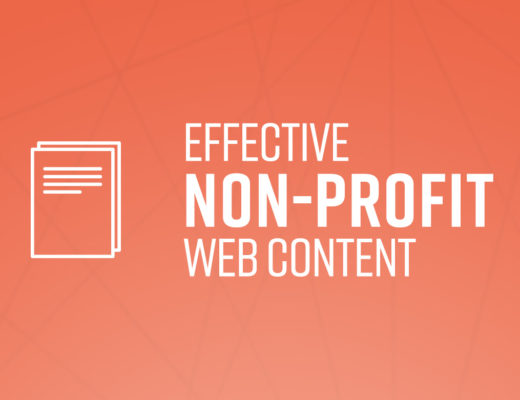The American with Disabilities Act (ADA) was devised to prohibit disability-based discrimination. Although the ADA was enacted before the internet was invented, the Department of Justice has already determined access to websites and other electronic media to be covered by the statute. Legislation on website compliance is currently going through the amendment process and an updated amendment is expected by 2018.

What does ADA Compliance mean for websites?
Basically, clients with disabilities must be provided with reasonable accommodations in order to access your website and experience the same services as clients without disabilities.
The ADA is also often referred to as Section 508 compliance, as it deals with a set of government standards on accessibility and access.
As it is likely to be required of all websites in the near future, it’s a wise move to get started now.
For businesses and non-profit organizations, doesn’t it make sense to guarantee website access to as many prospects, customers and donors as possible? After all, it’s not possible to convince someone to become a customer or a donor if they are unable to use your website.
What does ADA compliance involve?
Mainly, it involves making sure people with hearing, vision and other disabilities can successfully navigate and utilize the elements embedded in your website design.
Here are some of the features that make the most difference:
- Audio & visuals should have a text alternatives
- Alt tags should be attached to images
- Avoid content with strobe effects and quick flashing lights
- Make content accessible using only the keyboard
- Text should be resizable with easily altered font and color
- High contrast mode should be available
- Videos should include transcripts
As a bonus, many of the elements that make a website ADA compliant translate into ease of use on smaller screens and a variety of devices through responsive website design.
Simplifying navigation will allow you to reach more people, but falls short of the intent of the ADA. Adding another layer of accessibility with alt-tags, adequate color contrast, and video transcripts will open your site to even more prospects.
If your site wasn’t developed with Section 508 or ADA compliance standards in mind, the first step is to conduct a website audit. At Hub & Spoke, we’ve worked with many clients to help them identify changes and fixes required along with best practices moving forward.
As a Missouri creative agency with offices in St. Louis and Columbia, we’re here to help you find focus online, no matter who you’re trying to reach.
